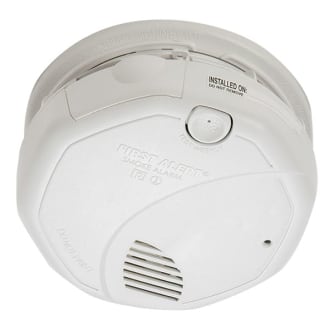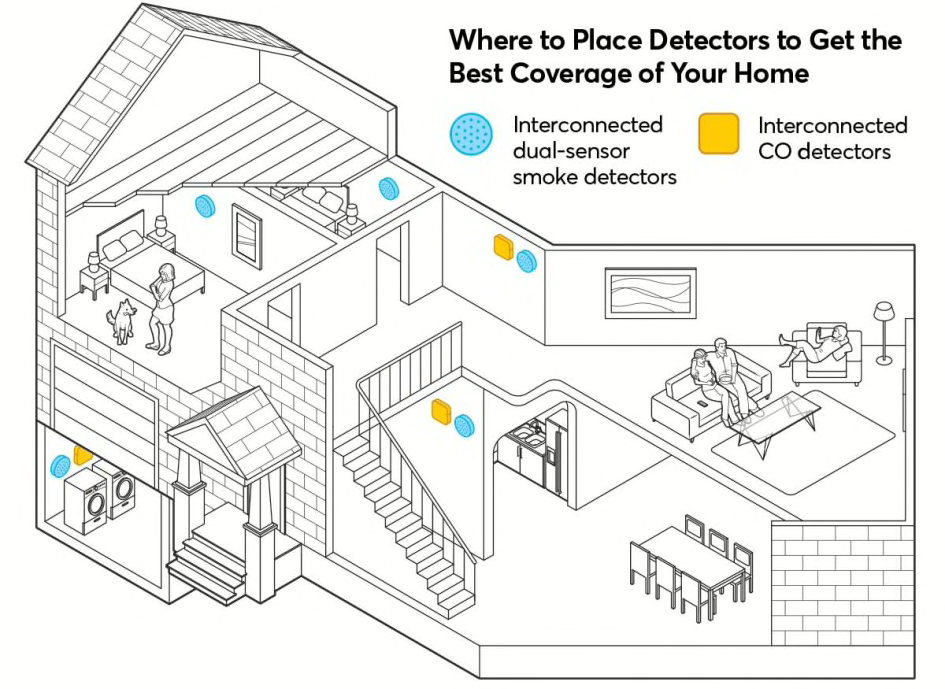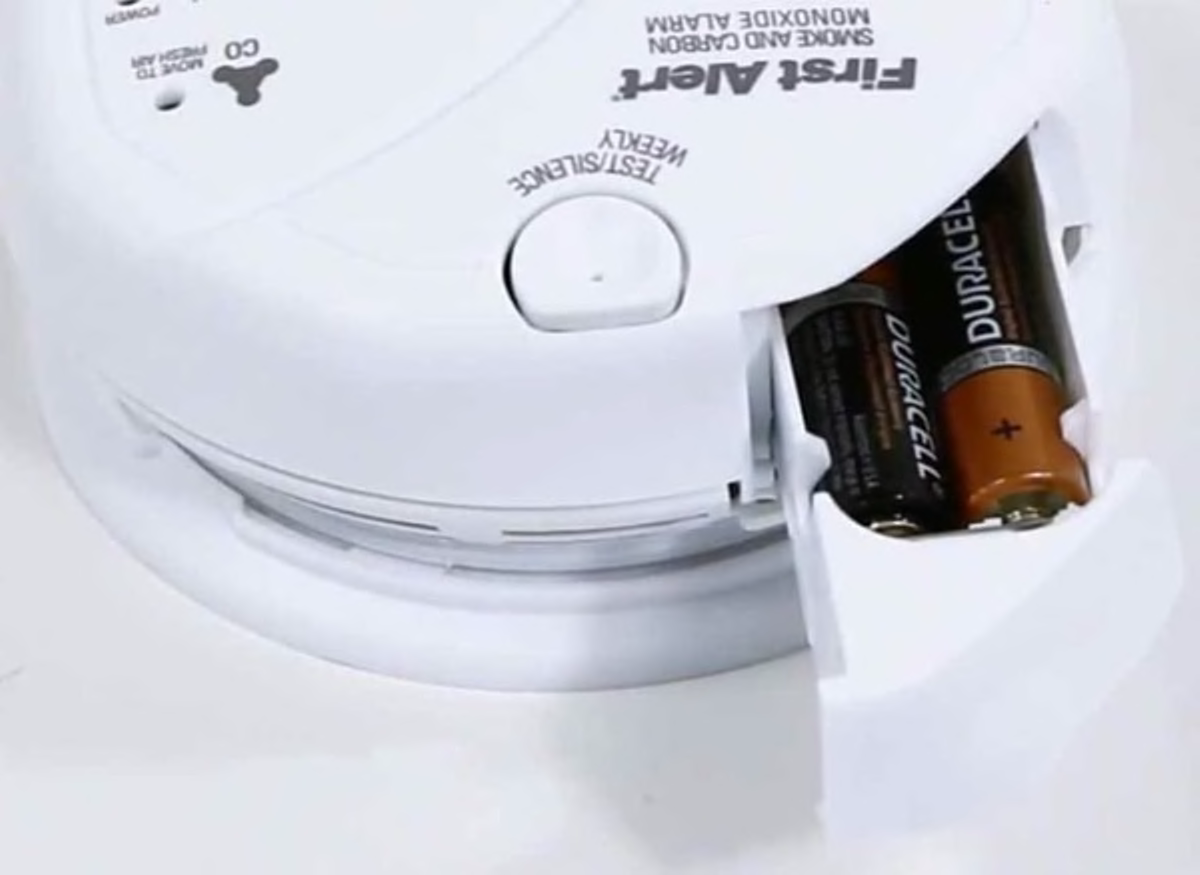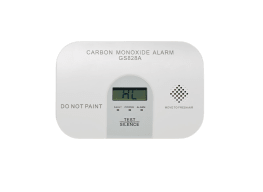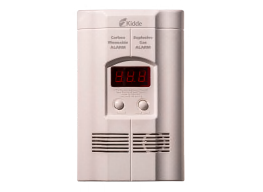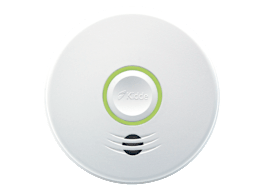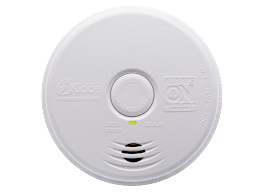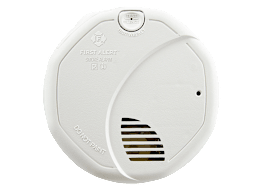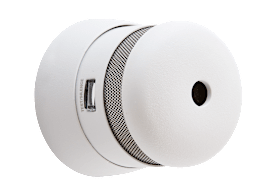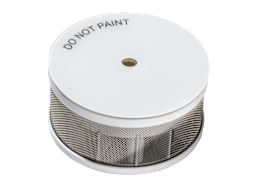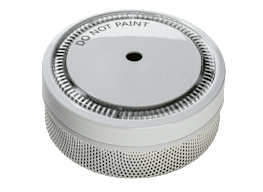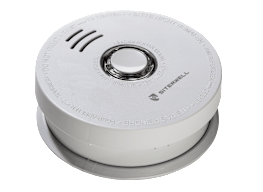1. Check Local Regulations
Before you shop, check regulations in your area. Your town or state might have specific requirements (you’ll need to know, say, when you sell your home) about what to use, including types of detectors and their placement. Also, some insurance companies offer a discount for homes with smoke detectors.
2. Pick a Power Source
Hardwired smoke and carbon monoxide detectors tie into your home’s wiring—professional installation is required—and usually have backup batteries. Battery-only detectors are the simplest to install, and they work during a power failure. Some models use removable batteries that require annual replacement, while others use sealed lithium batteries that last the life of the detector. Plug-in detectors are also available, but electrical outlets are typically located low on the wall, while the optimal placement for the detector is on or near the ceiling.
3. Decide on Smart or Not
Smart smoke and carbon monoxide detectors give you the advantage of knowing if something’s wrong when you’re not home, but they also come with a big price tag. We also haven’t found a smart smoke and CO detector that successfully does it all. But if you decide to outfit your home with this type, we recommend also installing additional dual-sensor smoke detectors. Smart detectors, whether hardwired or battery-powered, will also interconnect with other detectors of the same model. There aren’t many smart models on the market, but we expect that to change when smoke and CO detectors become part of the new Matter smart home standard.
4. Look for the UL Certified Stamp
Check the detector packaging for a UL Certified label, to make sure it has passed UL Solutions testing. You should also look for the date of manufacture printed on the back of the detector. Devices lose their sensitivity over time, so the fresher, the better. As a general rule, replace carbon monoxide detectors every five years and smoke detectors every 10 years.
UL Standards & Engagement, the branch of the former Underwriters Laboratories that focuses on setting standards, has also announced updates to its standards, which will require all manufacturers to make smoke detectors that can distinguish between smoldering fires and cooking smoke. It was originally supposed to go into effect by the end of June 2021, but it has been delayed twice because of supply chain issues, with a new effective date of June 30, 2024. As part of UL Standards & Engagement’s updated standard, it is expected that manufacturers will no longer be able to make traditional single-sensor (photoelectric or ionization) smoke detectors.
5. Know the Truth About Interconnected Detectors
You can interconnect some smoke and carbon monoxide detectors so that all units in the house sound an alarm when any single one is triggered. Some newer homes may have wiring already in place to link the detectors. In a home without such wiring, you can buy detectors that interconnect wirelessly. These interconnected smoke and carbon monoxide detectors are an important safety feature in a home with multiple levels, although standalone detectors may be adequate for a small, single-level home.
While interconnected alarms can make your home safer, they have some limitations. In many cases interconnected alarms can interconnect only with models made by the same brand. In fact, Richard Roux, the National Fire Protection Association’s senior electrical specialist, told CR that you should always check with the manufacturer to see which specific models are compatible, even within the same brand, because some brands could change their interconnect system over time.
Despite the limitations, we recommend using interconnected detectors. They can make your home much safer by alerting you to danger before the fire or CO spreads throughout your home. Roux adds that interconnected alarms (whether hardwired or wireless) are also becoming a requirement in many states when homes are put on the market.
6. Consider Voice Alerts
Children tend to sleep more deeply than adults and might not awaken to a conventional alarm. Some smoke detectors and combination smoke and carbon monoxide detectors use a voice command, but whether that’s the most effective way to wake children hasn’t been determined. According to one study, a greater percentage of children ages 6 through 12 awoke to the sound of their mother’s prerecorded voice than to a tone alarm.
7. Consider Your Security System
You can incorporate some smoke and carbon monoxide detectors into a security system that sounds an alarm outside and inside the house. Some systems, such as Ring Alarm, even let you keep your existing detectors by adding an alarm listening device, which triggers the security system when it "hears" your detectors go off. Such systems may also have a monitoring service that can notify the police or fire department, or even call your cell phone.

















